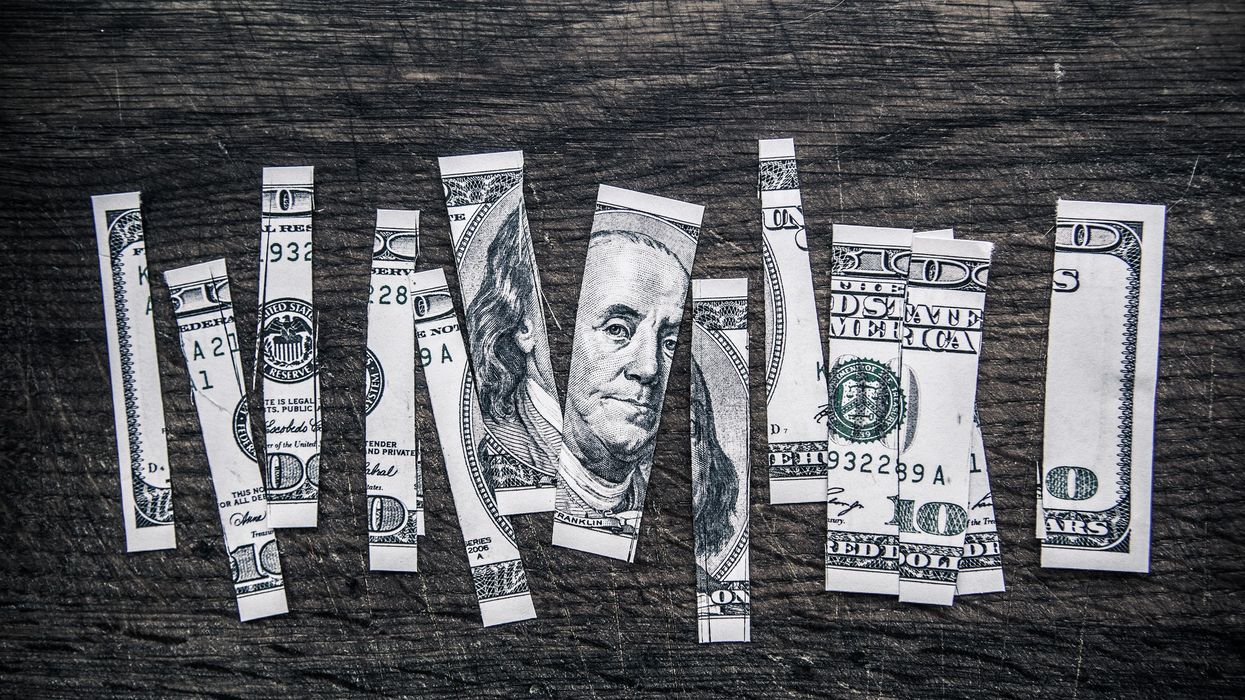How to Finance Your Film: A Crash Course from SXSW
Film finance 101.

For independent films today, financing is often cobbled together through some combination of private equity (investment from high net-worth individuals), grant money (here are dozens of sources), crowdfunding (Kickstarter, IndieGoGo, Seed&Spark), tax credits (a rebate/credit given by a state to the production — PDF here), in-kind products and services (e.g. a donated camera package), and sweat equity (people working for free or deferred payments).
All of these sources are well established among producers, so I was interested to attend the SXSW 2016 panel New Financiers: Meet the Film Finance Innovators to see what the “new” and “innovation” part of it was all about. As with many panels at SXSW, which are proposed far in advance and often change panelists multiple times in the lead-up to the festival, the conversation ends up focusing on something other than the title of the panel. In this case, the panel covered “film finance” without focusing as much on the “new.” However, it ended up being a good primer for the basics of pre-sales and crowdfunding.
Some steps to take to raise money for your film:
Budget based on a forecast of revenue
Andy Whittaker (Founder of Dogwoof, a film distributor specializing in theatrical documentary releases): The idea generally is forecasting. You’re not going to make a $10 million movie that’s only going to make $1 million. You want to put together a budget that is forecast to make money. But no one knows.
Alan Maher (Senior Executive, Roads Entertainment): Sales agents [can help]. They sell your film to distributors, internationally to TV stations, to Netflix… the beauty of what they can do is validate your estimate, a.k.a "guess." Is it [expected to make] 9-11 million? 5-15 million? 0-100k?
Raise financing by pre-selling territories
Maher: Sell your home territory. Pre-sell another couple of territories. Then if you have a gap [to get to your budget] you might go to a bank or to someone to finance that gap. The problem with doing that, in order to pre-sell anything, is you need [name] cast. They’ll put together sales estimates for different territories [based on cast]: “A Bruce Willis action movie sells to Singapore for X dollars. A Bruce Willis non-action movie sells for Y dollars.” If you don’t have cast, no one can come up with estimates to sell against, so that’s becoming more and more a challenge in the independent world.
BUT: Don’t pre-sell small territories
Maher: A lot of docs will do little pre-sales and sell to TV channels around the world. But that makes it very difficult for a sales agent, because there’s not a lot of upside to do an all-rights deal (to sell to a theatrical distributor or Netflix who wants every territory). The idea that everything is open and then you can exploit it at the end… [is where things are going].
See crowdfunding as additional funding
Liz Cook (Documentary Film Outreach Lead, Kickstarter): Films on Kickstarter raise an average of $12,000. Documentaries average $20k. These are fractions of your overall budget. Maybe if it’s a short, it’s covering your budget, but not for features. [Crowdfunding] is not alternative funding, it’s additional. It might close the gap, whether it’s for post or a certain part of production or a piece of your distribution. It’s an opportunity to engage with your audience and get it out in the world, generate some buzz and awareness.
"The crowd equity rules are about to change."
Think about crowd equity
Cook: The crowd equity rules are about to change and there are a number of platforms interested in [giving equity to numerous small investors online]. Kickstarter is going to be active observers of what that looks like. We won’t allow people to offer equity. We don’t want people to be backing projects based on the notion they’re going to have a financial incentive.
Predict a 1-2% conversion rate on Kickstarter
Cook: If you’re sharing your project on the web, Facebook, Twitter, etc., remember that in general Kickstarter has a 1-2% conversation rate [from people who click through]. {Editor's note: I assumed this rate for my own campaign, but that was before analytics were available.}
Don’t let crowdfunding screw your distribution plan
Cook: It can get a little complicated if you’re offering copies of your film [to Kickstarter backers] before your release. If you’re giving out 200 films before your release and the distributor is really worried about it, you should get a distributor who’s going to be able to reach more than 200 people. But you can put a sentence in the reward itself that says, “this will be available to the backer upon discussion with the distributor,” or “after its release.” Keep the line of communication open and people will be excited that it got picked up by so-and-so. “We got picked up, we’re going to be able to give you a copy after X month after it’s been toured around."
For more on the consequences of crowdfunding when you reach the distribution stage, see our complete post (also from SXSW), How Crowdfunding Can Screw Your Distribution Plan.
For more, see our complete coverage of the 2016 SXSW Film Festival. Listen to our podcasts from SXSW (or subscribe in iTunes):
No Film School's coverage of the 2016 SXSW Film Festival is sponsored by SongFreedom.
Main article source: Flickr Creative Commons

 Susanavia Sundance Institute
Susanavia Sundance Institute Susanavia Sundance Institute
Susanavia Sundance Institute Susanavia Sundance Institute
Susanavia Sundance Institute









